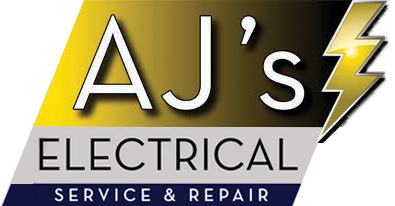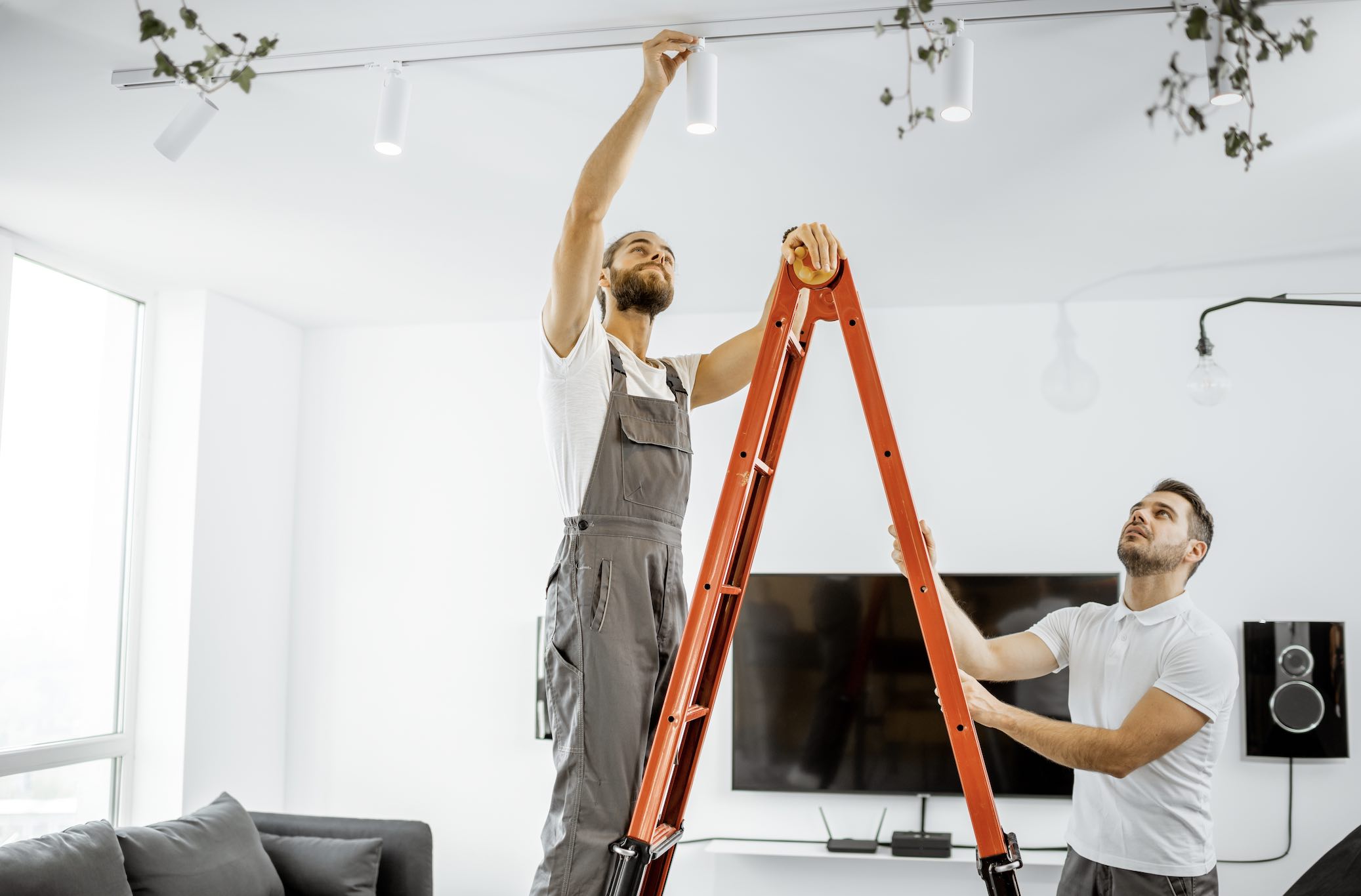When it comes to a home makeover, the first thing that many of us will consider is upgrading your in-home lighting fixtures. Lighting is a smaller aspect of a home that can have a big impact. This is because light affects the way that one perceives space. A poorly lit room can leave people feeling claustrophobic, tired or lethargic. On the flip side, when a room has good lighting and is well-lit it can improve mood and increase productivity, while also making your home feel welcoming and safe.
Lighting installations can, however, feel overwhelming to the average home DIYer. After completing countless installation projects, the experienced electricians here at AJ’s Electrical have put together some professional tips to consider for a smooth and successful installation of the next lighting fixtures.
First off, there are three important questions to ask yourself:
What Are Your Goals for Light Installations?
When thinking about this question, it may be helpful to scan the room in question first. Is there anything that you want to highlight and showcase or is there anything you’re trying to hide. Or did you want to adjust the lighting in the room in general? Also, what activities happen in the room, or what is its purpose?
What Type of Lighting Fixtures Do You Want?
In the world of lighting, there is a wide variety of lighting fixture types to choose from. Each option offers a different style of lighting that adds character and dimension to a room while also having its own benefits. Some of the types of fixtures available include:
- Recessed Lighting – An easy-to-operate style of down lighting that can illuminate large areas without drawing the eye up or occupying floor, table or wall space, leaving room for house decor.
- Track Lighting and Monorail – Allows you to highlight elements as you see fit as the ability to re-adjust, re-aim and re-place offers a flexible approach to lighting.
- Linear LED – One of the most popular lighting fixtures as they can appear in various forms and last longer than their fluorescent counterparts.
- Chandeliers – Chandeliers are more often than not used to enhance the beauty of a home, since they are decorative, other lighting fixtures must be paired with the chandelier to ensure sufficient lighting in a room.
- Sconces – One of the most versatile lighting fixtures, they can be used in almost any space and are commonly found in hallways, living rooms, dining rooms and bathrooms.
- Ceiling Lights – This lighting fixture comes in all different shapes, sizes and designs which makes it a staple in the realm of home lighting.
What Type of Bulbs Do You Want?
The next tip is to determine what kind of bulb you want to use in your home to help achieve your lighting goals. There are three main types of bulbs used in home lighting:
Halogen Light Bulb
Pros:
- Instantly produces light
- Fully dimmable functionality
- More accurate color rendering
Cons:
- More expensive than standard incandescents
- Not a long lifespan
- Can be hot to touch
Compact Fluorescent Light Bulb
Pros:
- More energy efficient than the halogen light bulb
- Cost-effective
Cons:
- Projected to be used less with the growth in the popularity of LED lights
- Not dimmable
- Mercury concerns
Light-Emitting Diode (LED) Light Bulb
Pros:
- Most energy-efficient
- Long-lasting type of lighting
- Durable quality
- Zero UV emissions
- Operational in hot and cold temperatures
Cons:
- Emit more blue light which disrupts sleep cycles
Once you’ve answered those three questions, here are some things to consider:
The Room
It’s important to consider both the layout and the size of the room. The layout will help you determine where you want to install lighting fixtures, depending on available space and features to highlight. For example, a room with a low ceiling may not be suitable for a chandelier while a room with an abundance of wall space may be well suitable for wall fixtures.
The size of the room will help you decide how much lighting you want to install. After lighting installations, a small room is at risk of being overlit while a big room is at risk of being too dim.
Check Ratings Before Installation
All lighting fixtures are given an Ingress Protection (IP) rating. This rating identifies the level of protection a fixture has against dust and water. This is an important consideration when installing lighting fixtures in areas that have water such as near showers or sinks. On top of that, if you notice a room collects dust more easily than others, then it may be beneficial to install a fixture with a higher resistance to dust.
Consider Layer Lighting
Sometimes more is truly more. Layered lighting is a process that uses multiple types of lighting to create a space that is not only well-lit but also feels balanced. Using this technique, layered lighting can provide a room with lighting for ambience, tasks and accents.
Now that you have professional tips for lighting installations, it’s time to start working on your lighting upgrades. Remember to take your time to find what best suits your home’s unique features and needs.
If you’re looking for a professional electrician in the Lower Mainland to help you achieve the well-lit home of your dreams, contact us today.
Servicing homes from Vancouver to Langley and seven other cities in between, AJ’s Electrical’s reliable and trustworthy electricians are your go-to professionals for all lighting installations.

